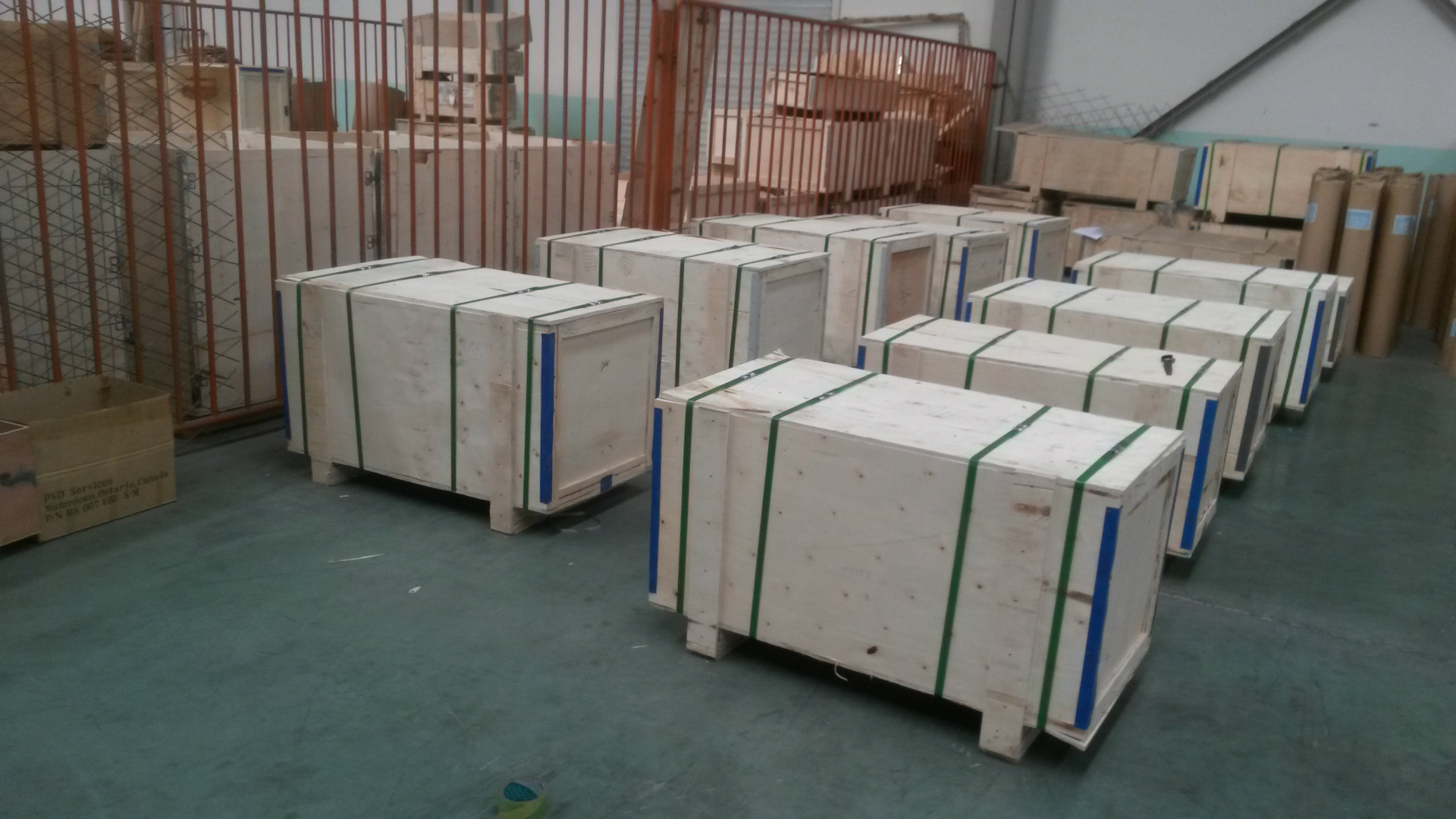chicken layer battery cage
Oct . 05, 2024 19:23 Back to list
chicken layer battery cage
The Chicken Layer Battery Cage An Overview of Its Use in Poultry Farming
In the modern landscape of agriculture, particularly in poultry farming, the chicken layer battery cage system has become a highly controversial topic. This system, designed to maximize efficiency in egg production, involves housing hens in small cages where they lay eggs. While it has been widely adopted due to its perceived economic advantages, it has also faced criticism from animal welfare advocates and consumers alike. This article explores the nature of chicken layer battery cages, their advantages and disadvantages, and the ongoing debate surrounding their use.
What Are Chicken Layer Battery Cages?
Chicken layer battery cages are small, often stacked cages designed to house egg-laying hens. Typically, these cages are constructed in rows and columns within large poultry houses. The primary design goal of battery cages is to increase space efficiency and maximize production. Each cage usually accommodates several hens, allowing farmers to manage large numbers of birds in a confined space. This method was first introduced in the mid-20th century and quickly became the standard for egg production in many industrialized countries.
Advantages of Battery Cages
One of the primary benefits of chicken layer battery cages is their efficiency. By housing multiple hens in a small area, producers can increase their output and reduce labor costs associated with farming. The controlled environment of battery cages allows for optimal conditions regarding temperature, feeding, and egg collection. As a result, farmers can achieve higher rates of egg production compared to traditional free-range or barn-raised systems.
Furthermore, battery cages can provide more effective disease control. In a compact setup, it is easier for farmers to monitor the health of the hens and implement biosecurity measures to prevent outbreaks of disease, which can spread rapidly in larger, free-range populations.
Disadvantages and Controversies
chicken layer battery cage

Despite their advantages, chicken layer battery cages have been the focal point of considerable ethical debate. Animal welfare advocates argue that the confinement of hens in small cages leads to a range of physical and psychological issues. Hens in battery cages often exhibit signs of stress and frustration due to their inability to engage in natural behaviors such as nesting, dust-bathing, and foraging. The basic standards of space in these cages have been deemed inadequate to allow hens to express natural instincts.
Moreover, criticisms of battery cages have led to increased scrutiny from consumers. Many people are concerned about the conditions in which animals are raised and have begun to favor products labeled as cage-free or free-range. This shift in consumer preference has resulted in major food retailers and egg producers reevaluating their sourcing practices. Some companies have even committed to phasing out battery cages in favor of more humane egg production methods.
Regulatory Response
In response to growing concerns about animal welfare, various regulations have been enacted globally to either limit or ban the use of battery cages. The European Union has implemented comprehensive legislation that requires producers to provide hens with more space, thus reducing the common practice of extreme confinement. Similar movements have emerged in the United States, where several states have passed laws aimed at phasing out battery cages and promoting more humane farming practices.
However, transitioning from battery cage systems to more humane models presents its own set of challenges. Farmers may face increased costs associated with upgrading facilities and adjusting management practices. Moreover, the feasibility of implementing more spacious systems could lead to higher prices for consumers.
Conclusion
The chicken layer battery cage system stands at a crossroads, balancing the demands of efficient food production with the ethical considerations of animal welfare. While these cages have played a significant role in the agricultural industry due to their efficiency and disease control benefits, the backlash from consumers and advocacy groups is prompting a reevaluation of their use. As regulations evolve and public sentiment shifts towards more humane farming practices, the future of battery cages in poultry farming remains uncertain. Advocating for sustainable and humane practices will be essential as the industry moves forward, striving to meet the needs of both consumers and the animals themselves.
-
Hot Sale 24 & 18 Door Rabbit Cages - Premium Breeding Solutions
NewsJul.25,2025
-
Automatic Feeding Line System Pan Feeder Nipple Drinker - Anping County Yize Metal Products Co., Ltd.
NewsJul.21,2025
-
Automatic Feeding Line System Pan Feeder Nipple Drinker - Anping County Yize Metal Products Co., Ltd.
NewsJul.21,2025
-
Automatic Feeding Line System - Anping Yize | Precision & Nipple
NewsJul.21,2025
-
Automatic Feeding Line System - Anping Yize | Precision & Nipple
NewsJul.21,2025
-
Automatic Feeding Line System-Anping County Yize Metal Products Co., Ltd.|Efficient Feed Distribution&Customized Animal Farming Solutions
NewsJul.21,2025






